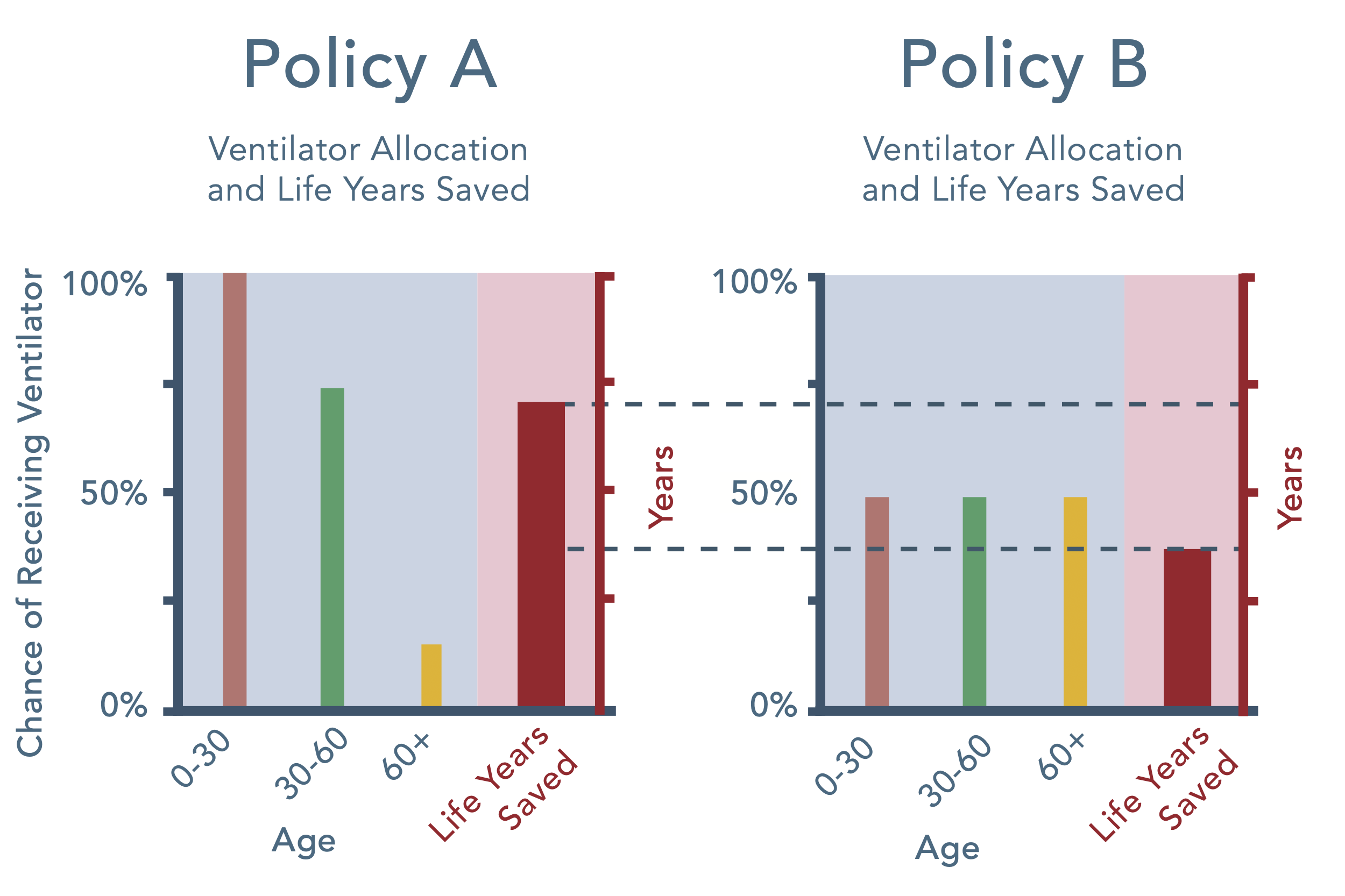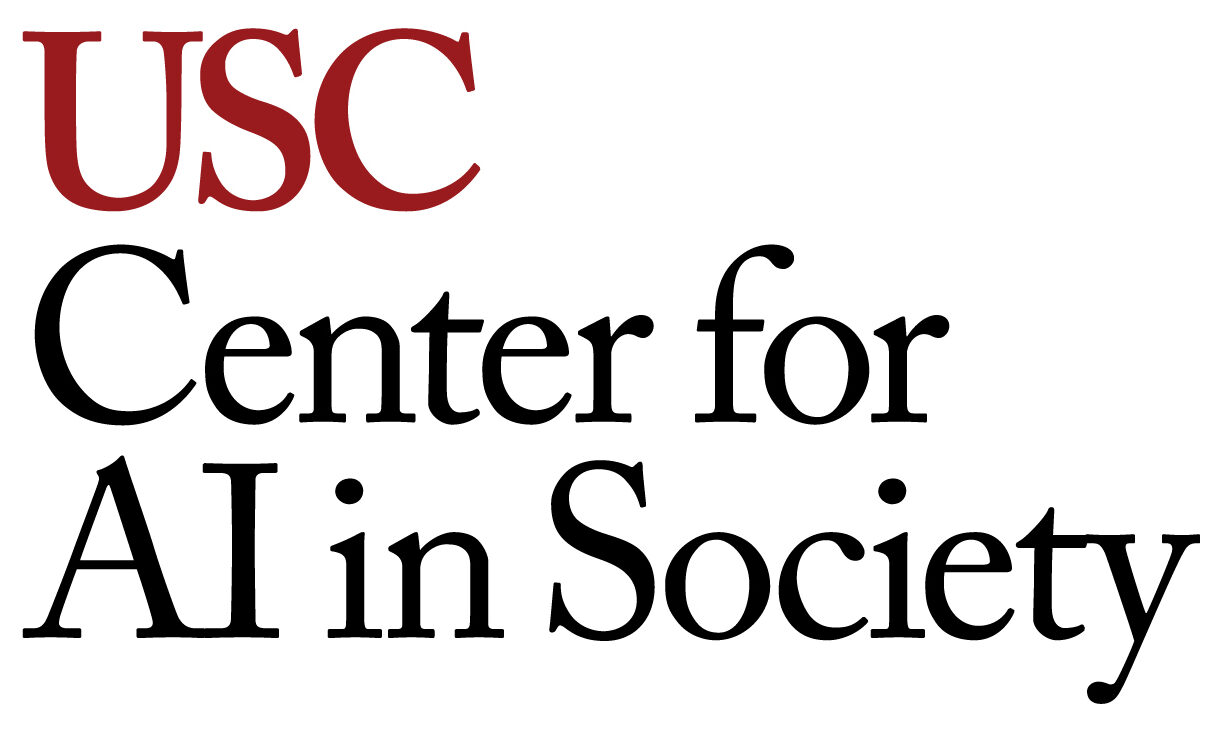Fairness and Efficiency in the Allocation of Scarce Healthcare Resources during the COVID-19 Pandemic
One of the major problems that has emerged during the COVID-19 pandemic is that hospitals and states have more cases than they have resources to respond to and treat positive patients (e.g., not enough personal protective equipment [PPE], not enough ventilators, not enough doctors, not enough nurses). This has placed decision makers in these systems (e.g., doctors and policymakers) in the extremely difficult position to have to choose who gets access to and priority for these resources. This poses huge ethical dilemmas (e.g., need to balance system efficiency with fairness considerations) which are complicated by the diversity of stakeholders in these systems (e.g., doctors, patients, hospitals, governments, population at-large) and by the high degree of uncertainty under which decisions must be made. Thus, there is an urgent need for disciplined, automated, data-driven approaches for coordinating the allocation of these scarce resources.
Goals
Through this project, our objective is 1) to design automated prioritization tools for assisting decision makers in this task of resource allocation to help alleviate some of the pressure they are facing during this pandemic and 2) to ensure that scarce resources are put to best use to maximize system efficiency while ensuring that resources are allocated fairly and in ways that align with stakeholder preferences.
Methods
AI-based matching algorithms require an objective to optimize (i.e., balances efficiency, fairness, and interpretability). They also need an understanding of the set of “permissible” matchings. Learning that objective and those constraints is a dynamic active learning problem that requires online interaction between many human stakeholders and the automated system. This project will devise principled adaptive and intelligent robust optimization-based techniques for jointly eliciting and aggregating stakeholder preferences. It will take an “end-to-end” approach to preference elicitation wherein the elicitation and aggregation steps will be directly melded into robust resource allocation system design.
Please note this work is preliminary. More information will be shared as it becomes available.

Model of the healthcare system during the COVID-19 pandemic as a queuing system. Individuals with different characteristics and conditions arrive over time and are matched to resources that are available (e.g., ICU beds, ventilators). The resource allocation policy determines which patients get matched to what resource and in turn impact the fairness-efficiency characteristics of the policy.

Preference elicitation for allocation of COVID-19 resources. We propose to learn the preferences of stakeholders regarding policy characteristics (e.g., fairness/efficiency trade-off) by asking them pairwise comparisons about policy outcomes. (Please note these graphs are for example purposes only.)
Caroline Johnston
Simon Blessenohl
Zumberge Epidemic & Virus Related Research and Development Grant



